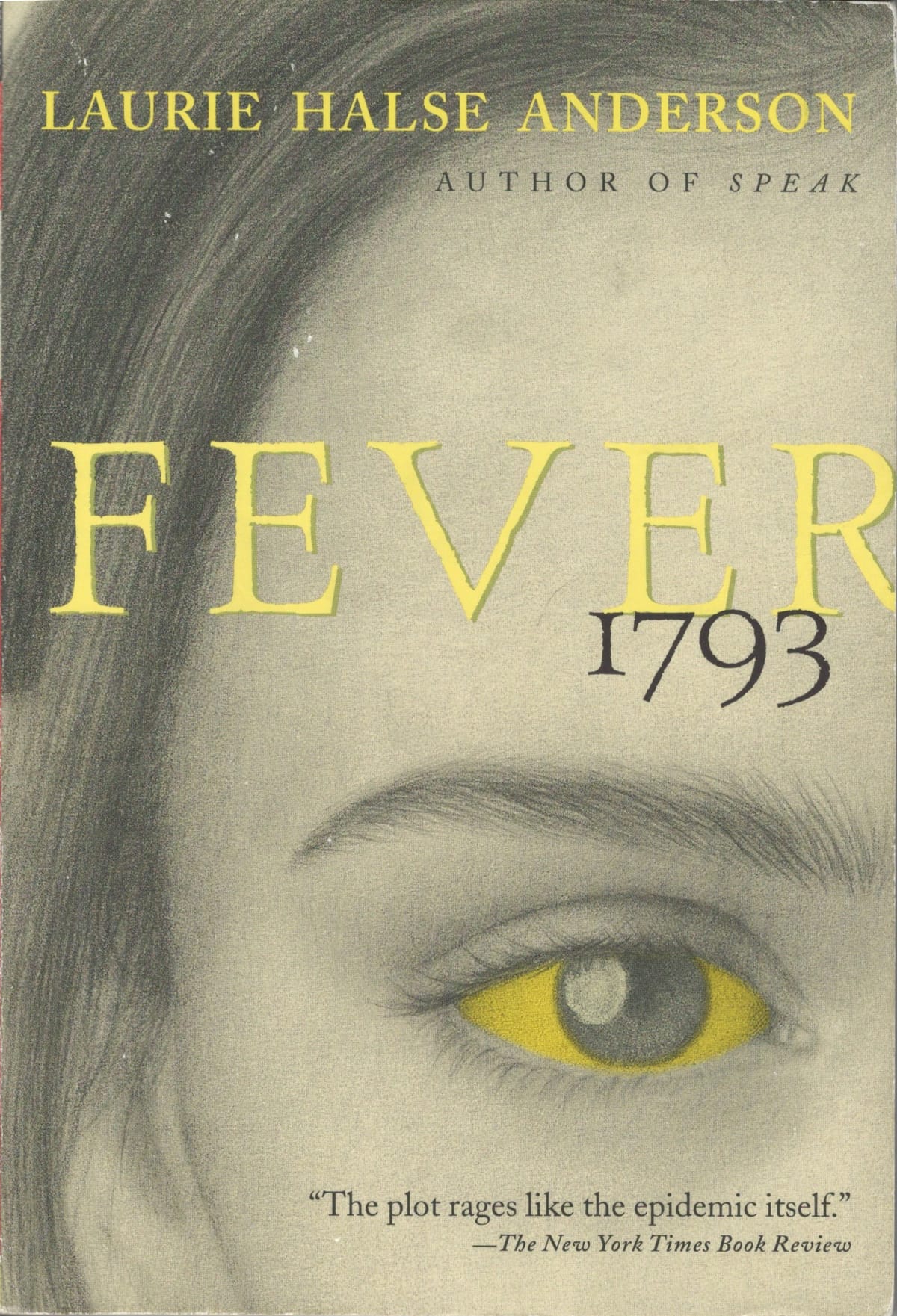Exploring Fever 1793: Laurie Halse Anderson’s Riveting Tale of Survival
Discover how Laurie Halse Anderson’s novel Fever 1793 plunges readers into the 1793 yellow fever outbreak, blending history, suspense, and resilience.

Introduction
Set against the harrowing backdrop of the 1793 yellow fever epidemic in Philadelphia, Laurie Halse Anderson’s novel Fever 1793 has captivated readers since its release in 2000. Combining meticulous research with page-turning storytelling, the award-winning author invites young adults and history lovers alike to witness a city gripped by panic, a family torn apart, and a teenager forced to grow up overnight. This article explores the novel’s plot, historical context, themes, and educational value, while revealing why Fever 1793 remains essential reading more than two centuries after the events it depicts.
Plot Overview
The story follows fourteen-year-old Matilda “Mattie” Cook, who helps her mother run the Cook Coffeehouse in bustling Philadelphia. When rumors of a strange fever begin circulating, Mattie initially dismisses them as seasonal tales. Soon, however, sickness spreads with deadly speed. As neighbors fall ill, the market stalls empty, and carts of corpses rattle down the streets, Mattie’s world unravels. She becomes separated from her mother, travels the countryside in search of safety, and returns to a ravaged city to rebuild her life and her business. Through hunger, loss, and fear she discovers resilience and a new sense of purpose.
Historical Context: The 1793 Yellow Fever Epidemic
Anderson anchors her narrative in real events. Between August and November 1793, yellow fever killed an estimated 5,000 Philadelphians—roughly ten percent of the population. No one understood that the disease was transmitted by Aedes aegypti mosquitoes; many blamed rotting coffee or foreign ships. President George Washington and most federal officials fled the capital, while Dr. Benjamin Rush championed aggressive treatments of bloodletting and purging. In the absence of modern medicine, free Black citizens led by Absalom Jones and Richard Allen courageously nursed the sick and buried the dead. These details appear in the novel’s appendix, but they also pulse through Mattie’s fictional journey.
Characters and Development
Mattie Cook’s transformation from carefree adolescent to determined survivor lies at the heart of the novel. Her pragmatic grandfather, Captain William Farnsworth Cook, provides humor and military discipline, while her mother Lucille embodies both maternal warmth and the crushing weight of responsibility. Secondary characters—Eliza the free Black cook, Nathaniel Benson the aspiring painter, and the selfish yet pitiable Ogilvie sisters—flesh out a spectrum of 1790s society. Anderson gives each figure distinct motives and vocabulary, allowing young readers to grasp class, race, and gender dynamics without feeling lectured. In the crucible of crisis, relationships deepen or fracture, mirroring what often happens during modern disasters.
Themes and Literary Devices
Fever 1793 explores enduring themes of courage, community, and coming-of-age. Mattie’s survival never feels guaranteed, which heightens the stakes and keeps pages turning. Symbolism abounds: the coffeehouse stands for stability, while the deserted streets reflect social breakdown. Anderson’s sparse yet vivid prose eschews moralizing, letting historical facts deliver their own impact. She intersperses each chapter with epigraphs from period documents—newspapers, diaries, letters—that act as a chorus commenting on the unfolding drama. This technique roots fiction in actuality, teaching students how primary sources illuminate history. The novel also raises ethical questions about quarantine, government responsibility, and scapegoating that resonate in the post-COVID era.
Why "Fever 1793" Matters for Today’s Readers
Although set more than 200 years ago, the book feels eerily contemporary. Readers who experienced social distancing, mask debates, or vaccine rollouts can empathize with Mattie’s frustration at misinformation and failed leadership. Anderson reminds us that science evolves, rumors spread faster than facts, and ordinary people often shoulder the greatest burdens. The novel therefore fosters historical empathy and media literacy—two skills that educators prize. Moreover, Mattie’s growth empowers young readers, especially girls, to see themselves as agents of change even in chaotic times.
Classroom and Homeschool Applications
At roughly 250 pages and a sixth-to-eighth-grade reading level, Fever 1793 fits neatly into American history, health, or literature units. Teachers can pair chapters with excerpts from Dr. Rush’s letters, maps of 1793 Philadelphia, or modern articles on vector-borne diseases. Creative assignments include having students write journal entries from different social classes, design public-health posters using eighteenth-century knowledge, or compare the yellow fever epidemic to recent outbreaks such as Ebola or COVID-19. The novel also meets Common Core standards for citing textual evidence and analyzing how setting influences plot.
Final Thoughts
Laurie Halse Anderson’s Fever 1793 endures because it marries suspenseful storytelling with uncompromising historical truth. By focusing on a relatable heroine, the author transforms statistics into human experience, reminding us that history is lived one heartbeat at a time. Whether you are a teacher crafting a lesson plan, a parent seeking engaging historical fiction, or a reader craving a tale of hope amid hardship, Fever 1793 deserves a place on your shelf.



